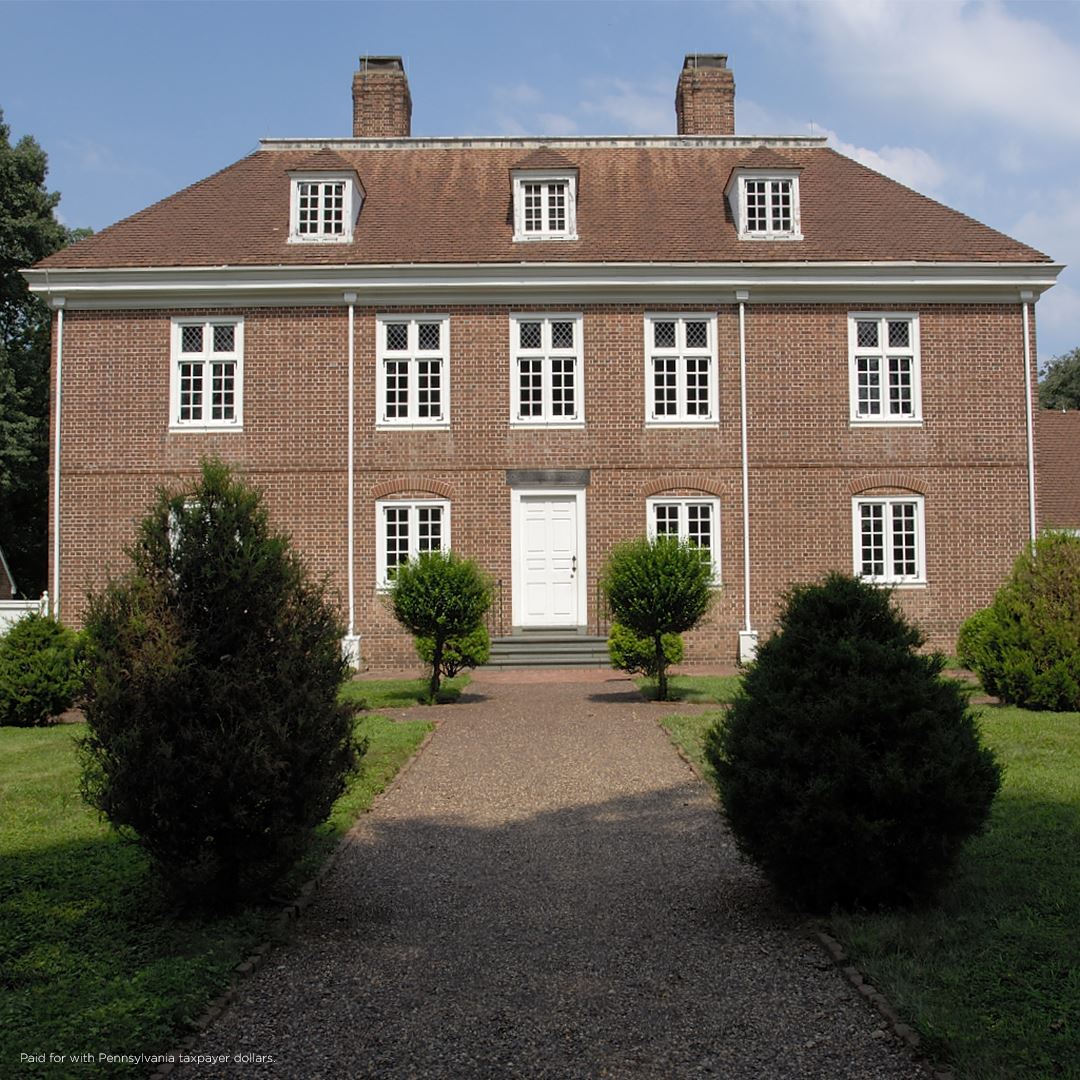PA MuseumsPennsylvania's Statewide Museum Association |
About PA Museums and Wild ApricotPA Museums is Pennsylvania's statewide trade association serving museum professionals, institutions, and businesses that work primarily with museums. Based in Harrisburg, PA Museums was founded in 1905. Wild Apricot is web-based software for small associations like ours to help us manage our membership and provide a framework for other activities. |
Recent news
|  |
JOIN IN OUR 2025 ADVOCACY INITIATIVE
CALL TO ACTION - PENNSYLVANIA BUDGET
The Governor's budget proposal included $2 million for the Pennsylvania Historical and Museum Commission's (PHMC) Cultural and Historical Grants program, down from the $4 million available last year. This year's Executive Budget can be found here.
PA Museums is calling for our members and constituency to take action as the Pennsylvania budget is developed over the coming months. With help from you, we secured $4 million last fiscal year.
Please act now.
What you can do:
1. Find your legislator here.
2. Use our sample letter below to send a letter on your organization's letterhead to your member of the PA House and PA Senate.
3. Please forward a copy of your letter to rusty.baker@pamuseums.org so we can keep track of this effort.
Sample Letter:
Dear ___Representative or Senator/ Last Name of Lawmaker___:
I write today on behalf of ________your organization______ in strong support of the Pennsylvania Historical and Museum Commission (PHMC)’s Cultural and Historical Support Grants, which provide critical operating support for museums and historical societies. I, along with the PA Museums, request your support for increasing the Cultural and Historical Support grants program line item. The program was re-established in 2014 after having been eliminated in 2010; earlier the funding levels reached a historic high point with over $6 million available for museums and historical societies in 2006. The Cultural and Historical Support Grants program was funded at $2 million from 2014 until last year, when $4 million was made available to support 173 grantees in 57 counties. We are requesting the Cultural and Historical Support Grants line item be restored to the FY 25 level of $4 million. This amount will restore stable and predictable funding at last year’s level and properly fund our Commonwealth’s rich network of cultural and historical sites.
PA Museums is a statewide association, an independent nonprofit creating and supporting museum community in Pennsylvania. Pennsylvania’s museum community includes museums of all kinds large and small. Our rich heritage as one of the original thirteen colonies has provided a firm foundation for our museums, historic sites, history organizations, science museums, and children’s museums to engage millions of visitors annually with world class collections and programs. Our community of museums and historical organizations are centers of teaching and learning about local and Pennsylvania history for school children and preserving the history and the architecture of communities. These institutions are the stewards of millions of dollars in artifacts and hallowed places that tell the story of our state and its people to over 7 million visitors annually. Our organizations are economic drivers for tourism dollars and make direct and indirect impacts to the economy while supporting 25,000 jobs in the Commonwealth.
With the above in mind, we are respectfully requesting the restoration of the Cultural and Historical Support grants line item to $4 million. This level of funding provides ____information about how your museum/historical society benefits from or utilizes your grant funding ____ in your district.
Thank you for your time and attention to this important funding. Please do not hesitate to call upon me.
Sincerely,
Signature
Your name
Your Title
Your Organization
Become a member
Membership is the lifeblood of PA Museums and our pride as a relevant and engaging presence. Our association is neither a museum nor a state agency. We rely upon the support of our members to provide the funding for our operations, and we likewise count on our program registration to support the work of the organization. Your membership in PA Museums supports advocacy work, conference programming, our communications, and our annual awards program.
We need your membership, and we appreciate the support of a broad community in these efforts. Museums and historical organizations, firms that do business with museums or in our communities, and individuals who see value in a strong professional network for statewide cultural work are encouraged to join us.
Join usUpcoming events
|



